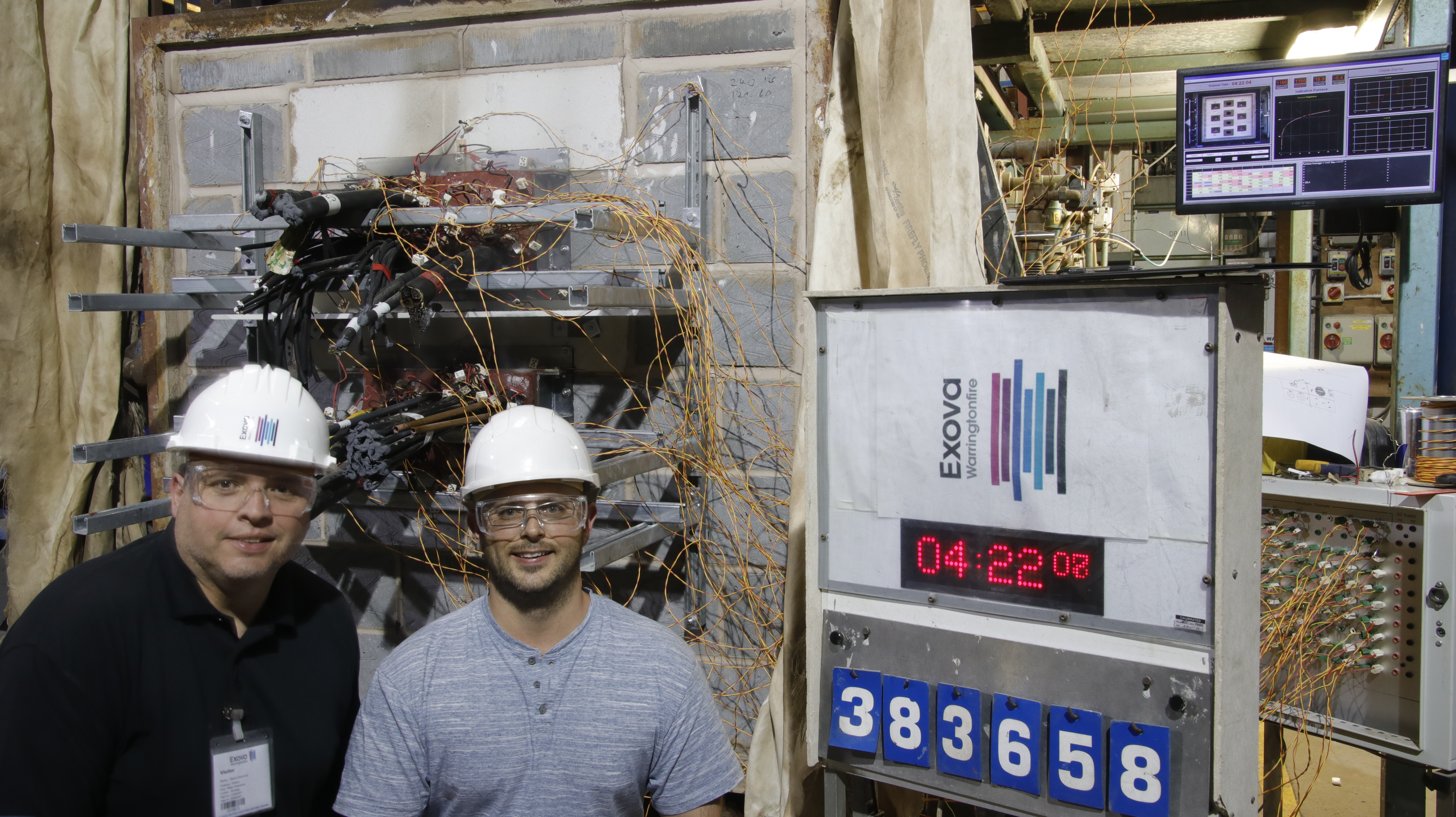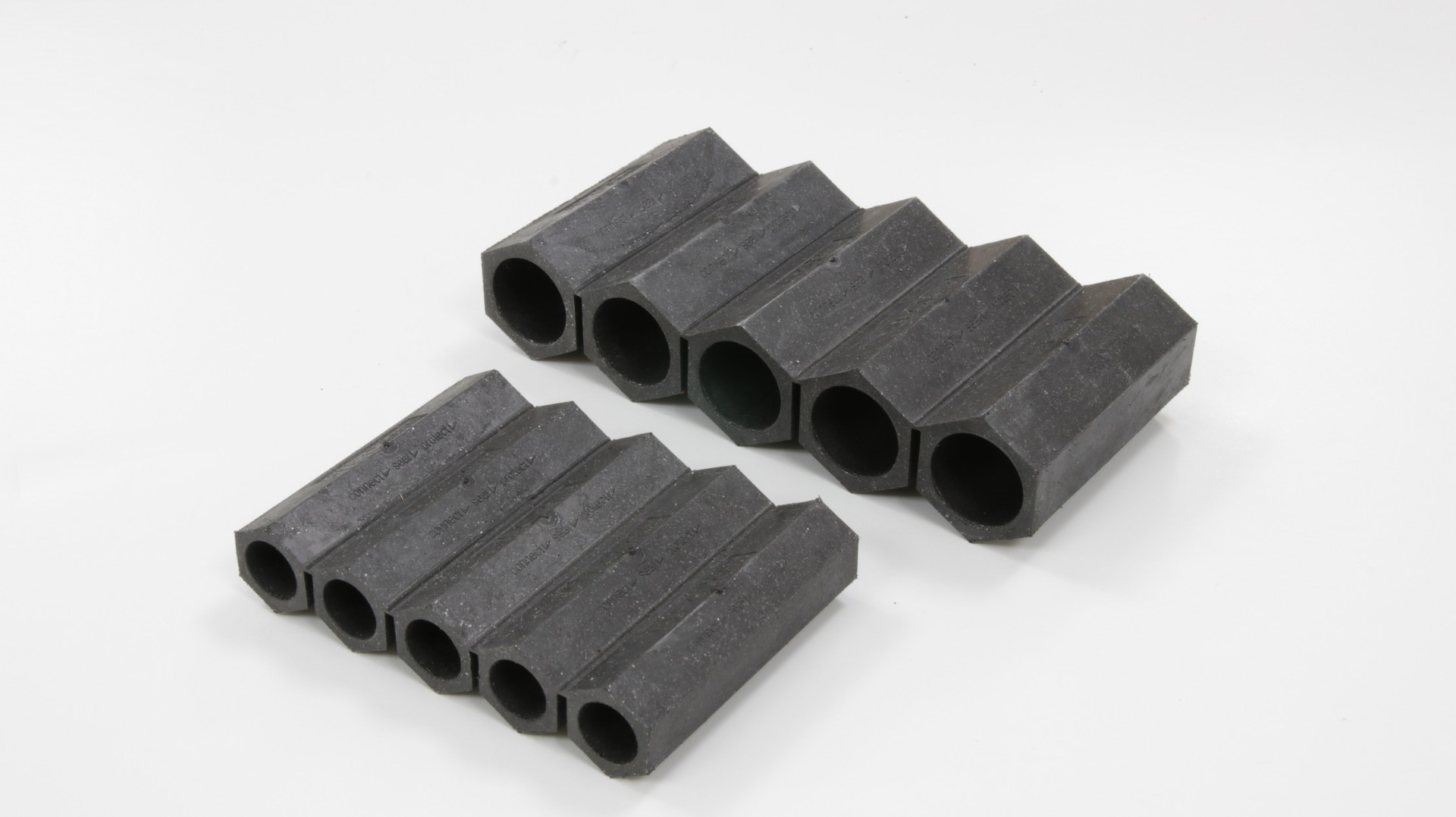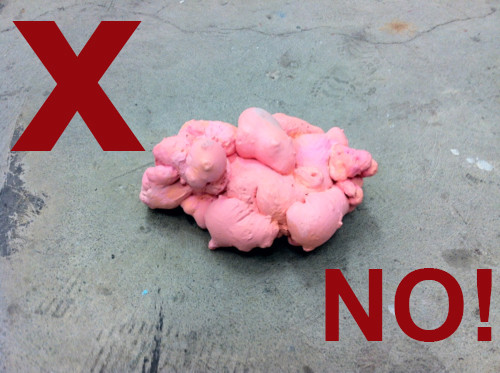
What is Fire Stopping?
Fire stopping definition is the sealing of any openings to prevent a fire. The primary goal of fire stopping is to prevent both smoke and heat from passing through gaps. The spread of fire gets contained by creating fire resisting compartments. You should subdivide the building both horizontally and vertically. Buildings should ensure that openings are fire stopped thus restricting fire from spreadingFire stopping has been brought more to the fore over the last few years than ever before.
The best way to explain the need of a fire-stop is to treat a multi-room dwelling or factory or any structure as a series of boxes or compartments. These boxes need to join physically by their walls or floors, even doors or windows. All these items are regulated and proven fire withstand products and procedures are in place to ensure any building is built or modified in accordance with the underlying need to stop fire spreading.
The fire tightness of one of these boxes is only as strong as the weakest entry point
Please share this article and help us raise awareness
Fire stopping got its foothold first in the marine industry. Probably because a loss of integrity of one compartment will mean a total loss of the vessel. It was in fact a development from the second world war German super sub captured by the Swedish that led to fire stopping products of a modular nature being developed by a company still going today. In the super sub, the system was used to prevent the rattle of pipes and wires within the sub, hence improving the sound signature of a hidden submarine.
Research we have done leads us to the improving of fire stopping on land as a direct result of several disasters in the USA starting with the 1906 San Francisco earthquake. This was followed by the New York garment district factory fire of 1911 and perhaps most scarily by the Browns Ferry Nuclear plant fire of 1975. This last event was caused by an open candle flame being used to detect air path leaks in foam based cable and pipe transit areas!
Not surprisingly, the nuclear industry was the first on land industry to take fire stopping seriously.
The use of the correct fire stopping product in the correct way and in the correct place ensures fire tightness of a compartment or room. There are plenty of products which work on floor/wall or ceiling wall interfaces. Many of these are flexible to allow for building expansion and contraction. Some other ways of sealing do not allow for this expansion; cements and mortars for instance. These materials do have their place but not always.
The last area we have not yet mentioned is the service penetrations into a room or compartment. These are the necessary services such as water, electricity and data cables which without them a room is almost useless.
Penetrations may come in via a wall, floor or ceiling. All must be adequately and correctly fire stopped. These services will need a flexible and re-enterable method of being sealed. The flexibility due to temperature expansion of both cables and pipes; the re-enterability due to the almost constant development of a buildings use and services.
Rockwool and insulation's of the type are fire-retardant but are not in themselves a fire stopping method. They are perfectly suited to holding a system in place during installation but should never be relied upon to be the actual stop itself.
Fire stopping expanding foams - Please don't get us started with this.
The use of so-called ‘fire rated’ foams for fire stopping of service penetrations or control joints is sadly becoming more prevalent everywhere. This trend could lead to serious consequences if a fire happens in a building where they’re used,
What do we mean by ‘fire rated foams’?
The fire rated foams we’re talking about are those that are delivered by way of an aerosol can or canister, which foam up when they’re dispensed – much like canned shaving foam. They’re typically polyurethane based, and our understanding is they might all be coming from the same factory overseas, imported under many different product brands. To add to the problem, many are now dyed red or pink like above to signify their suitability for fire stopping applications. DON'T USE THEM!
Modular sealing systems work admirably out at sea where rigorous compliance is ensured on a day to day basis. On land, a more flexible system would work better; one where less is known up front about the exact cables or pipes to be found in any service penetration. One that can cope with irregular sized holes and misshaped ducts.
The correct system to use in service penetrations ON LAND
There are many systems available that claim their product is suitable for penetrations with cables present but you must really be careful and select the correct product for the situation you are sealing. Important note; A fire rating applies to an ‘as fire tested’ system or an otherwise approved configuration. Only when a particular (and I must add proprietary) brand of product is installed in an identical way to the approved configuration does the entire system or configuration achieve the fire rating as described.
Filoform has heavily invested time & money into developing a fire rated duct sealing solution that offers the user & and end customer the following;
Flexible & simple - a one box solution that has everything is one kit to seal a duct regardless of the size or number of cables running through the duct - we've kept selecting and installing our product 'simple' little upfront planning needed.
NON-Hazardous - FiloSeal+HD FIRE contains no hazardous chemicals which make COSHH and getting our product approved with any health & safety departments an easier process.
Many Resistances - Not only is our product fire resistant, tested to BS EN1366-3:2009 & AS1530.4-2014 it also offers, 2 bar pressure resistance against water & gas/rodent & termite protection (Mastotermes Darwiniensis) Northern Australian termites), and resists many harsh chemicals & gases, for example, Hydrogen Sulfide, Methane, Chlorine, Hydrocarbons and many more...

Affordable - Even with the heavy investment & time we spent designing and developing FiloSeal+HD FIRE, we've made this seal affordable but still offering extremely high-quality components with proven test reports and a solid history of sealing solutions.
FiloSeal+HD FIRE provides a strong support system using the fire resistant hexagonal blocks made of our specially formulated material called 'Formite' which builds up like a honeycomb structure. FiloSeal+HD FIRE is suitable for sealing empty or any cable configuration or pipes contained in one duct and also allows easy re-entry of the seal to add or remove cables or pipes as required

FiloSeal+HD FIRE is very easy to apply regardless of the type of cable scenario in the cable ducts as it uses strong, but flexible hexagonal blocks to support the cable and provide a strong backing for the seal
The unique design of the hexagonal blocks makes positioning and separation of the cables very simple while also providing a strong backing for the MD+ to be applied on.
- Up to 4 hours fire resistance in transit frames (single side)
- Up to 4 hours fire resistance in ducts
- Tested to BS EN1366-3 2009 & AS1530.4-2014
- Up to 2 bar Pressure Resistance
- 100Kg pulling Force on the cables when sealed
- 10xd at 45º, with 1 bar pressure bending test
Filoform were called to a major substation in the Scottish Highlands to seal the ducts at a windfarm main substation connection by Siemens. Firstly, the windmill part of the site was huge, covering many square miles. The main sub building was about the size of a football pitch and made use of all of our Filoseal+ range including Filoseal+ original, FiloSeal+HD for heavier cables and in certain areas the FiloSeal+HD FIRE kits for added fire protection.
Along with providing material, Filoform attended site and gave training on the installation of all 3 seal types used on site. It was a full day in the substation sealing as many ducts as we could between us. Steve Groocock (Filoforms duct sealing specialist) and five people were in attendance.
One thing we were not forewarned about was the fact that all the ducts were vertical (so gravity would affect the installation of the backing on FiloSeal+HD and FiloSeal+HD FIRE). We started with the FiloSeal+HD FIRE installation as we wanted to ensure we did the most difficult installation first so that the attendees felt better about installing things themselves by seeing the seals get easier as the day progressed.
Installation of the FiloSeal+HD FIRE went well (we did lose one strip of hexagonal backing pieces down the duct but still had enough to make a perfectly good seal. The method we used was to fill blank spaces with rolled up bunches of the 5 large hexagonal pieces to fill voids until the duct is spanned and thus the hex pieces hold themselves. Then we wrapped large hex pieces around the cables one by one and pushed them into the duct opening. This meant the duct was populated and the 5mm between each and every cable and the duct edge was adhered to. A quick adjustment of the hex pieces to ensure they were 20 to 25mm below the top of the duct and we could commence the application of the MD+ sealant. This was applied until the duct was slightly over-full; then using the free finishing cloth (dipped in water – we believe melted snow was used) the mastic is patted gently into place until a slight dome effect was left so that any water should runoff.
After that, FiloSeal+HD was installed using the self-same method by the trainees and Steve. Finally, we went on to the Filoseal+ in low-risk areas. The whole group agreed that installation of original Filoseal+ (foam backer) in vertical ducts is preferable to the FIRE and HD types because the backing holds itself in-place with low risk of losing it down the duct.
A successful day of installation was had. The site was completed with the goods we sold and the adjoining wind farm was also sealed using our goodsFiloSeal+HD FIRE video showing how the seal looks after 4 hours 7 mins and still going strong. The fire test stopped at 4 hours 24 mins as we reached the maximum required for the industries we intend on supplying.
Video showing the back of the seal after + 4 hours in the furnace at 1100 Degrees Celsius
EXPANDING FOAM CANNOT COMPETE WITH THIS...........
Please click this link to direct you to our product page https://www.filoform.co.uk/filoseal-hd-fire-duct-sealing-system-fire
 United Kingdom
United Kingdom  Español
Español  Netherlands
Netherlands  English
English  Deutsch
Deutsch 






